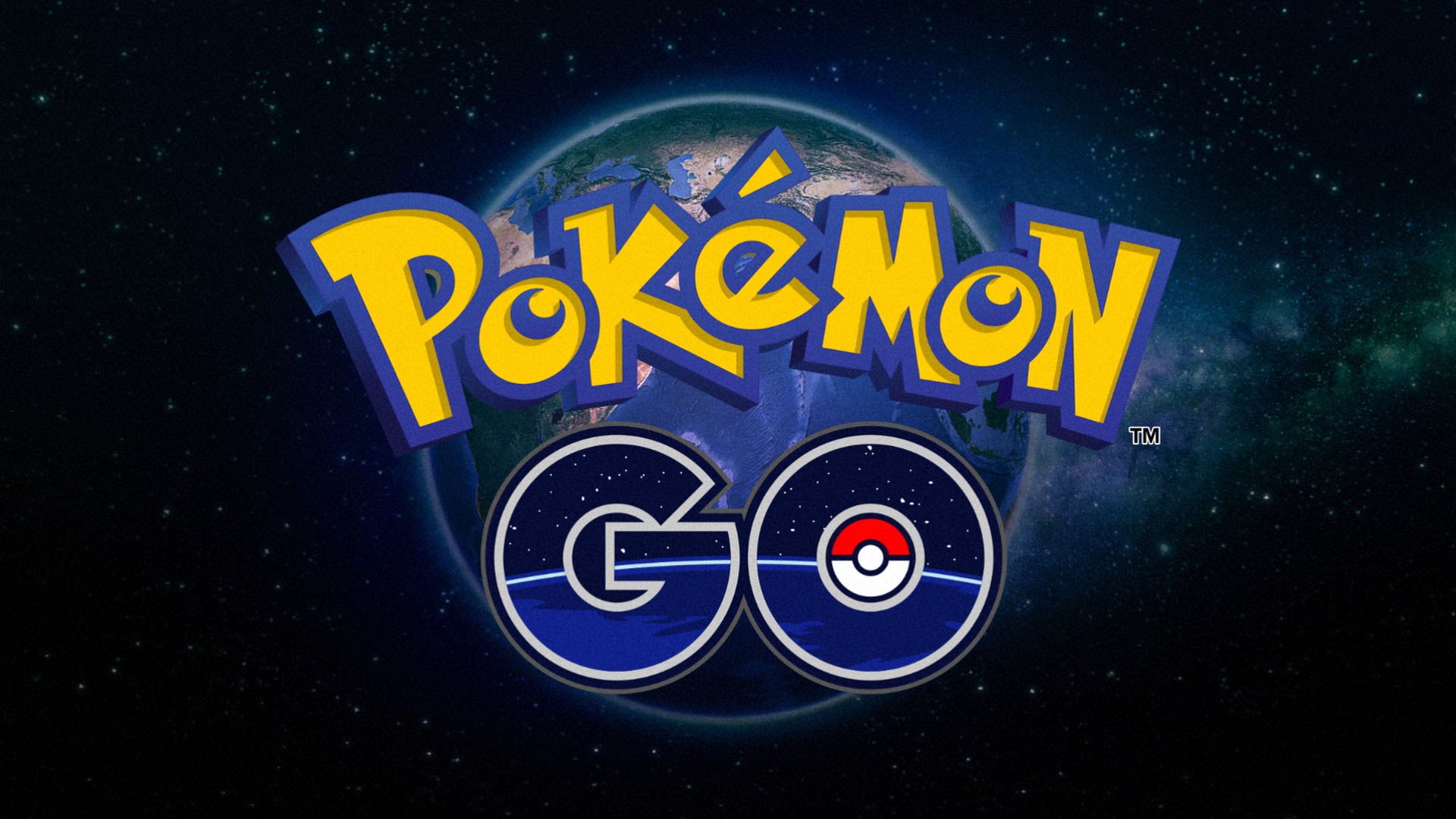
Single-handedly dispersing an army of millennials and recluses across public space, the mobile game Pokémon Go has forced the term “augmented reality” and “AR” into common vernacular. Augmented reality presents an altered version of the world with superimposed graphics via smartphone display or headset. AR has taken many forms over the years, from the Google Glass to F-35 fighter pilot helmets, yet, no previous experience has managed to elevate the technology this far into public awareness and mainstream culture.
5 million people and counting have downloaded the app, raising Japanese game maker Nintendo's market cap by 25%—$7.5 billion—within a single week. Pokémon Go delivers an immersive gaming experience that uses geocaching and augmented reality to blend real-life with 20 years’ worth of nostalgia, encouraging players to visit specific GPS coordinates in their bid to catch the virtual Pokémon that reside there. The Pokémon themselves inhabit the entire world, and are not bound by geofencing or human logic, and often spawn in the oddest of locations and with little concern for societal courtesy. They've appeared in Holocaust museums, bathrooms, hospitals, funerals, busy freeways, etc.
It's fun and easy to use, and more importantly, has given the public a frame of reference for future discussions related to augmented reality. Pokémon Go is a mere appetizer of what AR will eventually be become, lacking the advanced features of Google's space-aware Project Tango and Microsoft's HoloLens headset. As the game is intended for mass consumption across a wide range of mobile devices, it cannot leverage sophisticated spatial awareness give that this feature is not yet a baseline. All Pokémon transposed on the display appear to be floating mid-air, affixed by an invisible anchor rather than dynamically mapped against a surface. Every Pokémon is depicted equally in size, regardless of how its virtual representation holds up against its fictional characteristics.
There used to be a total of 150 Pokémon to collect back in the 90s during the series' debut; now there are 386. Whenever a “nearby” Pokémon is detected, the user is prompted to reach via phone vibration. The dopamine rush trigger from amassing trophies is difficult to beat, and many users have succumbed to catching Pokémon right then and there regardless of taste. Thanks to a nifty feature, users can capture an image of any Pokémon they may be targeting. Here are 10 of the most inappropriate or absurd images made this way

Hospital
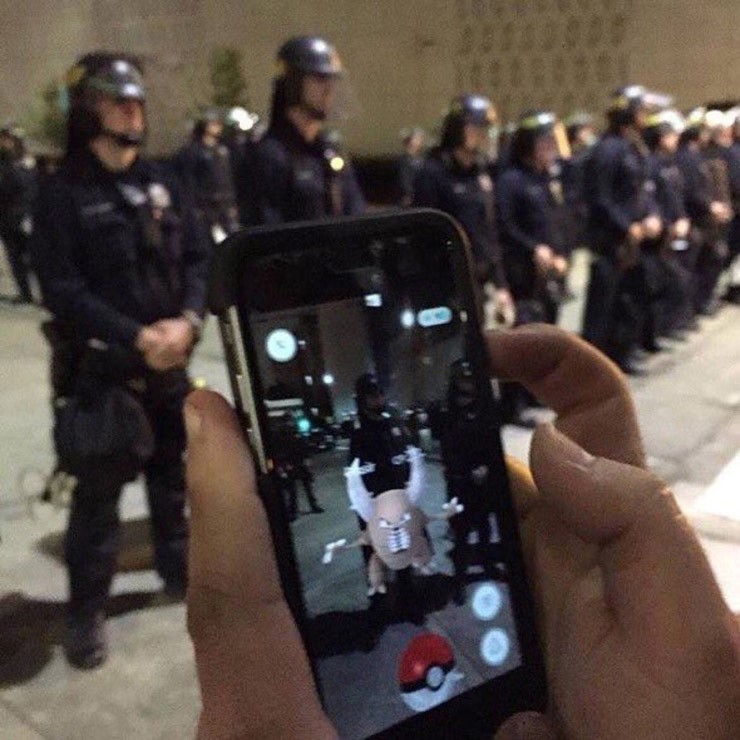
Riot police?
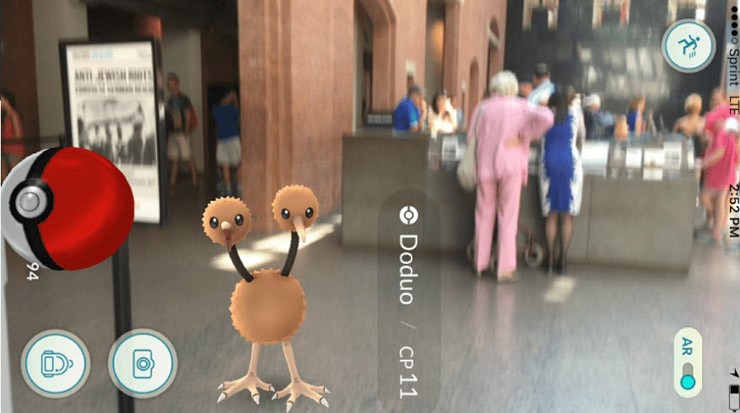
Holocaust museum

Auschwitz

Someone's colonoscopy
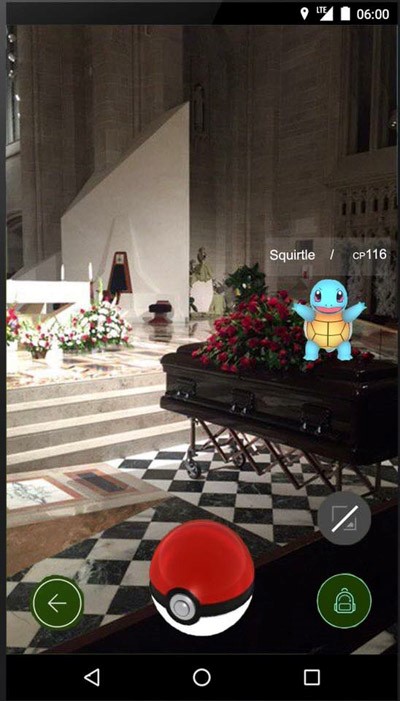
Funeral

Fighting Isis
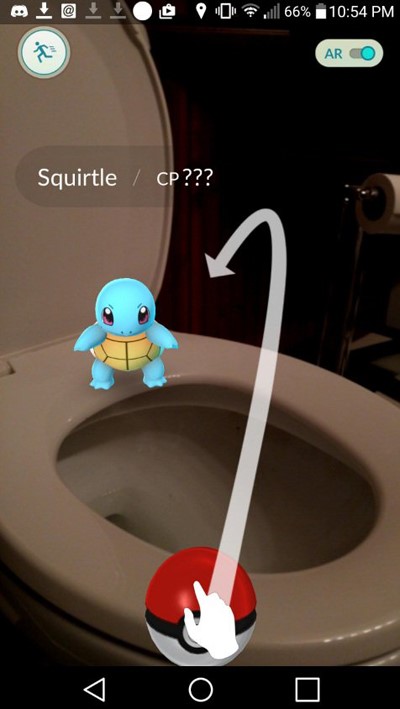
Toilet Bowls

After being pulled over
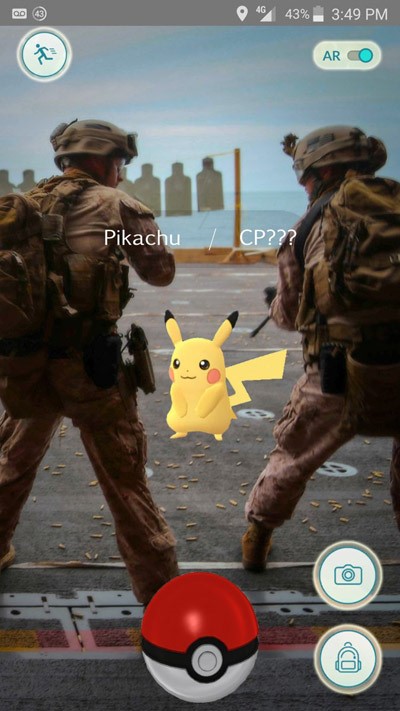
Marine shooting range
Source: PCmag
Advertisement
Learn more about Electronic Products Magazine





